Updated Jan. 21, 2:45 a.m.: Members of each school in the NCAA’s Power Five Conferences (Atlantic Coast Conference, Big XII Conference, Big Ten Conference, Southeastern Conference, and Pacific-12 Conference) and a panel of student-athletes voted by a measure of 79-1 Saturday to provide full cost-of-attendance scholarships to student-athletes. This vote will allow schools to provide, on average, an additional $2,000 to $5,000 stipend to cover cost of living expenses to varsity athletes, supplementing the NCAA’s full grant-in-aid scholarships, which covers tuition, books, and room and board. These living expenses range from laundry to school supplies.
Boston College, however, was the only school to vote down the measure.
BC Athletics provided this statement:
“Boston College is concerned with continuing to pass legislation that increases expenses when the vast majority of schools are already institutionally subsidized. The consequence of such legislation could ultimately hurt student-athletes if / when programs are cut.
This legislation further segregates student-athletes from the general student population by increasing aid without need-based consideration. Legislation already exists for student-athletes in need through pell grants and the student-assistance fund.
We have concerns that the Federal Financial aid formula is sufficiently ambiguous that adjustments for recruiting advantage will take place.”
As reported in October, the gap between what BC’s financial aid office determines as the cost-of-attendance and the provisions for full scholarship athletes sits at $1,200. This gap represents the smallest in the ACC, tied with the University of Notre Dame.
On the other hand, Virginia Tech has the largest cost-of-attendance in the ACC at $5,480. Carly Pariseau, BC’s Associate Athletics Director for Compliance, told The Heights BC’s status as a private school with students that often remain on campus—two traits they share with Notre Dame students but not with many of the ACC’s large public schools, like Virginia Tech or Clemson University—may be the cause for this small cost-of-attendance gap.
Many officials from both the school and conference levels spoke out in favor of this measure. The most notable statement comes from ACC commissioner John Swofford, who threw support behind providing full cost-of-attendance scholarships for student-athletes in July 2013, according to ESPN’s Andrea Adelson.
“It is history,” said Swofford in a report by USA Today’s George Schroeder. “It’s a culmination of a lot of things over the past several years.”
The ruling overturns a decision by the NCAA from 1975, which required that additional living expenses not be included in determining financial packages granted to student-athletes. Therefore, the maximum amount student-athletes may get is known as full grant-in-aid, consisting of tuition, room, board, and books. Student-athletes in dire need can still apply for federal aid, such as through Pell grants, or can request funds fairly easily from the NCAA’s Student Assistance Fund.
This proposal marked the first time the Power Five used their power to vote separately from the NCAA since being granted autonomy in August of last year. This allows those top 65 schools to create their own legislation, furthering widening the monetary gap between them and the remaining 286 Division 1 institutions. While these other schools can enact the same measures that the Power Five institutes, many do not have anywhere near the same financial support for their athletic programs.
This creates an irreversibly large competitive imbalance between the Power Five and the schools from the remaining 27 NCAA Division 1 Conferences. In addition to cost-of-attendance scholarships, the Power Five also approved removal of athletic scholarships based on game performance and concussion safety measures.
The Heights estimated that, if all 351 student-athletes who currently have some financial aid package also received a cost-of-attendance stipend, it would cost the school about $421,000. This figure assumes that all student-athletes require this stipend as part of their financial aid.
Nothing from the NCAA’s ruling indicated whether the proposal will be approved at a conference level or if it will be made a choice by the individual schools, according to ESPN. This means the measure, openly supported by the ACC, may still be decided on a school-by-school basis. This would allow BC to still deny student-athletes full cost-of-attendance supplements in spite of the NCAA’s decision.
Featured Image by John Wiley / Heights Editor


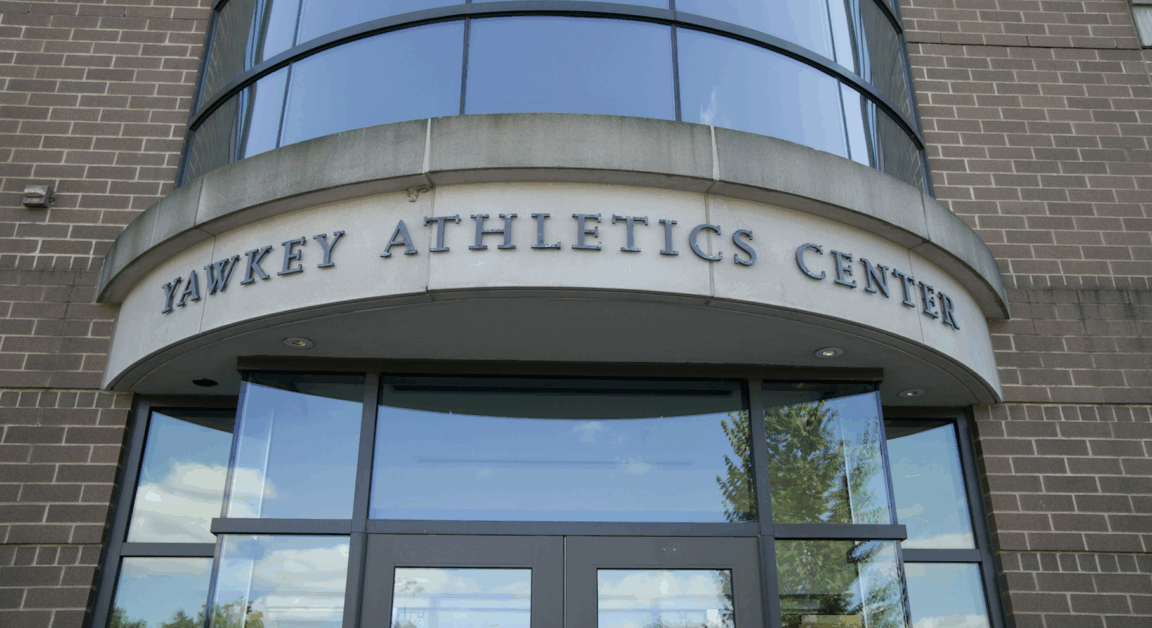
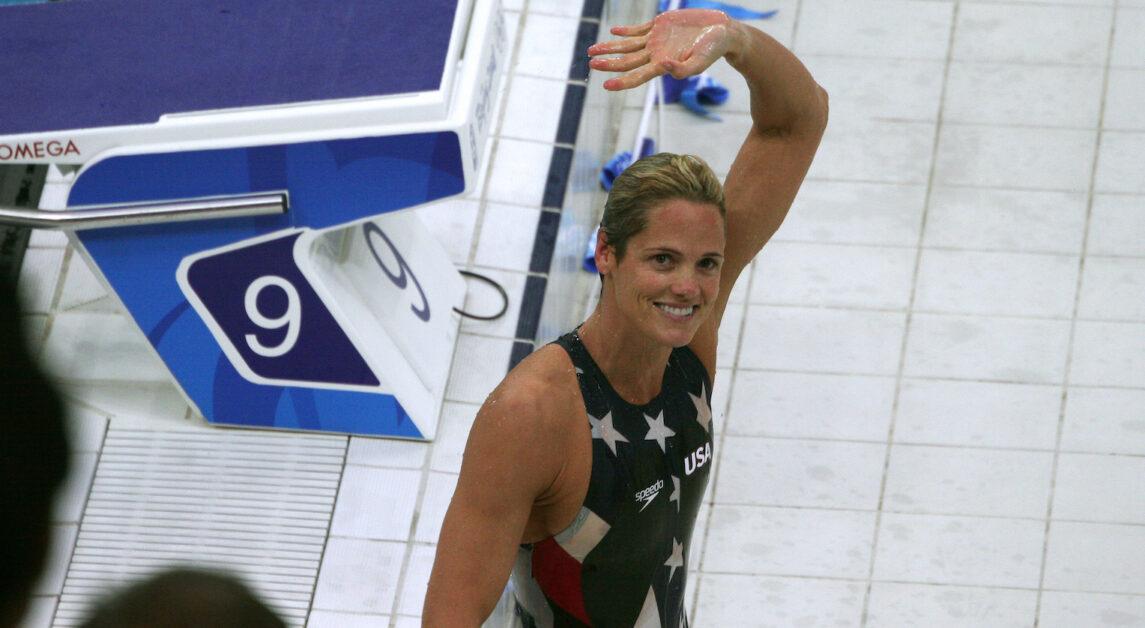








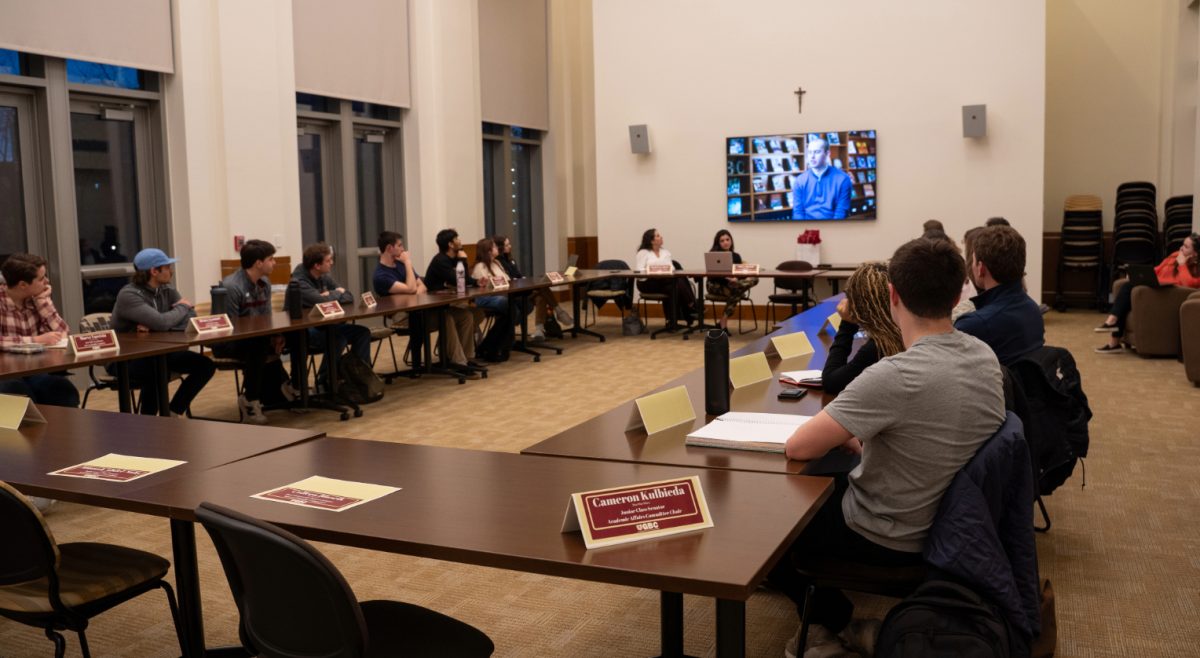
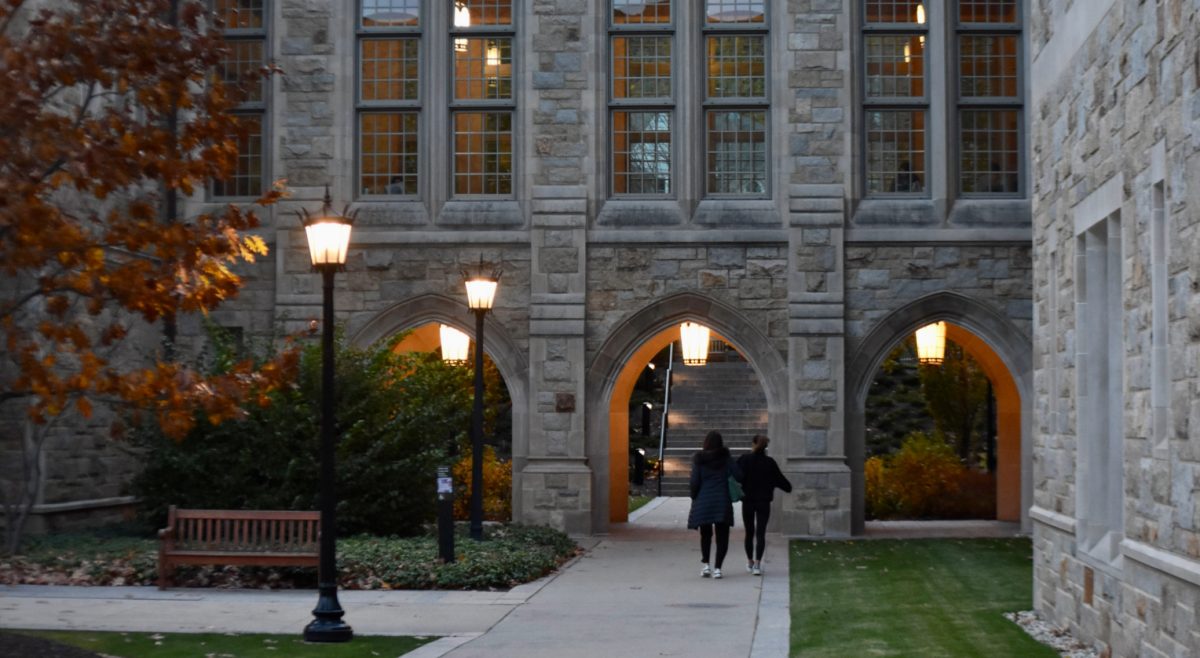
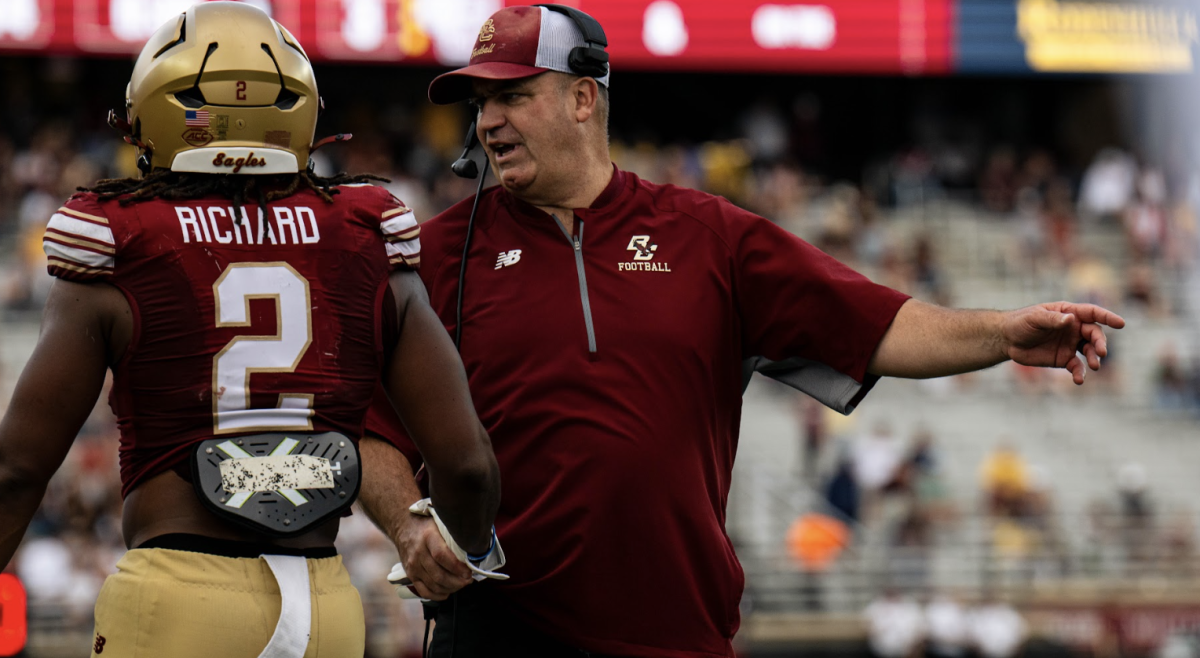
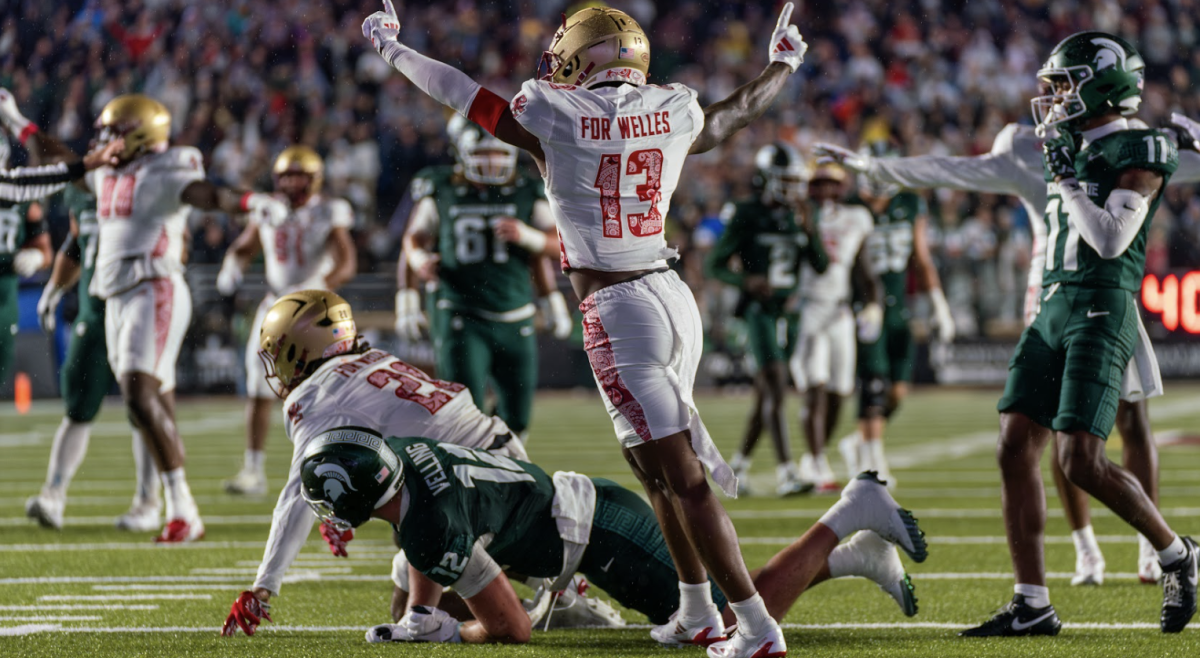



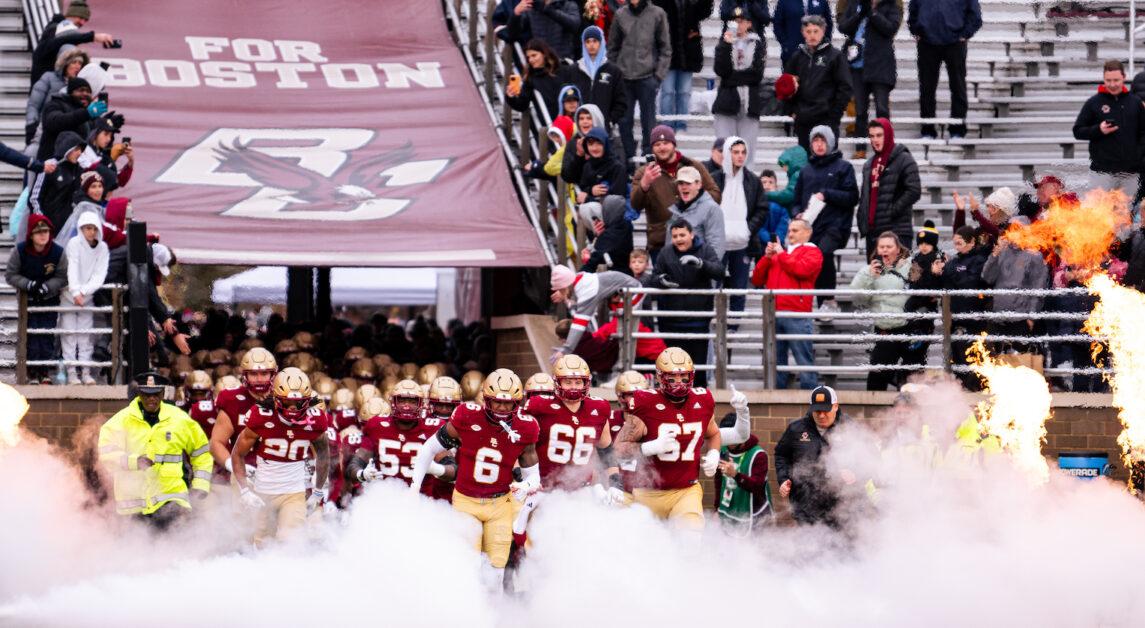
Stephen J. Salerno • Jan 18, 2015 at 4:57 pm
I have the perfect solution for my Alma Mater regarding this poor perception of reality vote for giving athletes stipends or “Cost of Attendance”.
ROAD TRIP!
Dear President Father Leahy and Brad Bates Athletic Director,
I live in Fort Worth, Texas, the center of the known universe. TCU is the perfect Leadership and Athletics paradigm model for BC and it’s a similar private peer school.
BC Leaders, Coaches, Deans and Professors need to pay at least week or more visiting my hometown TCU and bring your new Apple IPad Air 2’s and take detailed notes and learn and be mentored by TCU’s spectacular leadership in President Victor J. Boschini, Jr.,
their brilliant Athletic Director Chris Del Conte and the Nation’s finest two time Coach of the Year’s Football Staff, led by Gary Patterson.
Many schools pay huge consultants fees for sage advice all the time and much of that advice is worthless. BC is a part of the Power 5 conferences, a high ACC revenue, richly endowed $2.7B+ University, with 55 acres of the best real estate on earth in Brighton. Maybe for a high six figure consultant fee or more, BC needs to “Come on down to TCU, and see how it’s done!”
TCU didn’t have the huge endowment or land that BC possesses, but their stellar leadership and brilliant strategic plan has led to a state-of-the-art new stadium, a new basketball arena opening, an indoor practice facility and a NFL envy nation’s best training facility, and these investments are paying off in results and donations.
This has helped TCU tremendously with greatly improved recruiting, athletic performances and something BC and all colleges’ desire, donations!
I would even include our BC Strategic Plan “experts” in Dean of the SOM Andy Boynton and Warren Zola, even though the SP is 14 months late, they could also directly learn how to get big projects accomplished and a teaching and learning tool for our business school students.
You two also need to bring Steve Addazio, (especially Ryan Day, mandatory!), and maybe some other Football staff members. Ryan Day’s passing offense has been ranked near the bottom of the NCAA statistics for 4 straight years. Ryan can also get on-the-job training and guidance from the best offensive coordinator team and option QB in America and Heisman candidate, or the preferred offense of Addazio.
This can help Addazio’s goal of being a balanced offense by spending quality time with two savvy nationally recognized offensive coordinators in Doug Meachum and Sonny Cumbie that can teach and train Day and serve BC very well.
Football Coaches do this all the time over the summer for decades with special teams and every football unit. Who couldn’t learn some of TCU’s new passing schemes or plays when you have a glaring deficiency in your passing attack under Ryan Day’s career cellar dweller rankings?
The overall brilliant Leadership of TCU can help BC tremendously.
The real initial “Cost of Attendance” for coming to TCU may be high for getting their great leadership assistance, mentoring, training and guidance that is so desperately needed at BC, but the long term payoffs in terms of perception, results, recruiting and BC’s future athletic
investments that generate donations will be well worth it for BC, BC Athletics
and for our business school Professors to use as case studies!
Ever to Excel!
Stephen J. Salerno • Jan 18, 2015 at 1:25 pm
http://espn.go.com/college-sports/story/_/id/12185230/power-5-conferences-pass-cost-attendance-measure-ncaa-autonomy-begins
ENJOY!